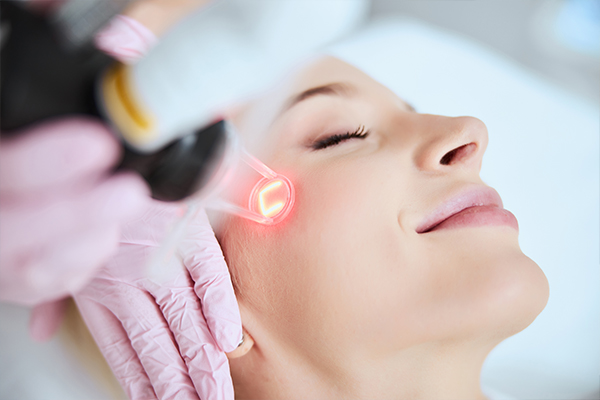Fractional CO2 laser treatment has become a popular option for addressing various skin concerns, including wrinkles, acne scars, and pigmentation issues. However, one important question remains: Is this treatment suitable for all skin types?
Understanding Fractional CO2 Laser Treatment
Fractional CO2 Laser Treatment in Dubai works by using a carbon dioxide laser to create tiny, controlled wounds in the skin. This stimulates the body's natural healing process, leading to the production of new collagen and elastin. The result is smoother, firmer, and more youthful-looking skin.
Suitability for Different Skin Types
1. Fair Skin Types (Fitzpatrick I-III)
Fair skin types, including those with lighter skin tones (Fitzpatrick I-III), generally respond well to fractional CO2 laser treatment. These skin types tend to have a lower risk of post-inflammatory hyperpigmentation (PIH), which is a common side effect of laser treatments. Patients with fair skin can typically expect effective results with a lower risk of complications.
2. Medium to Olive Skin Types (Fitzpatrick IV)
Medium to olive skin tones (Fitzpatrick IV) can also benefit from fractional CO2 laser treatment, but with some caution. These skin types have a higher risk of developing PIH, so it is crucial to consult with a skilled and experienced dermatologist or laser specialist. Pre-treatment with topical agents and careful post-treatment care can help minimize the risk of pigmentation issues.
3. Dark Skin Types (Fitzpatrick V-VI)
Darker skin types (Fitzpatrick V-VI) are more prone to PIH and other pigmentation issues following laser treatments. While fractional CO2 laser can still be used on darker skin, it requires a highly cautious approach. Dermatologists may recommend alternative treatments, such as non-ablative lasers or radiofrequency microneedling, which carry a lower risk of pigmentation problems.
Factors to Consider
- Expert Consultation: Regardless of skin type, it is essential to have a thorough consultation with a qualified dermatologist or laser specialist. They can assess your skin type, medical history, and specific concerns to determine if fractional CO2 laser treatment is appropriate for you.
- Pre-Treatment Preparation: Pre-treatment with topical agents like hydroquinone or retinoids can help prepare the skin and reduce the risk of complications, particularly for those with medium to dark skin tones.
- Post-Treatment Care: Following proper post-treatment care instructions is crucial for all skin types. This includes avoiding sun exposure, using gentle skincare products, and applying prescribed topical agents to promote healing and prevent PIH.
- Customized Treatment Plans: A personalized treatment plan tailored to your skin type and concerns can enhance the effectiveness of fractional CO2 laser treatment while minimizing risks.
Conclusion
Fractional CO2 laser treatment can be effective for a range of skin types, but its suitability depends on individual factors such as skin type, medical history, and the expertise of the practitioner. While fair skin types generally have a lower risk of complications, medium to dark skin types require a more cautious approach to avoid pigmentation issues. Consulting with a skilled dermatologist and following their recommendations for pre and post-treatment care can help ensure safe and effective outcomes.





Comments